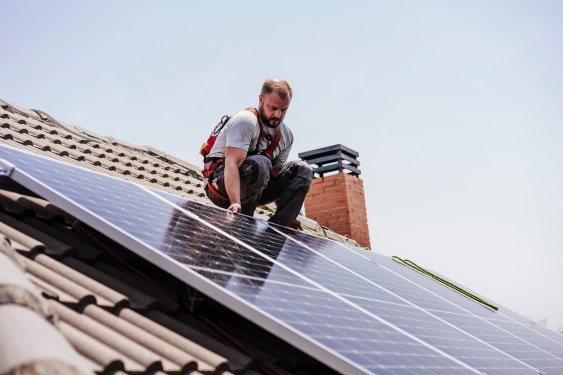For years, Australians have been installing solar panels at a rapid pace. Now, that investment is paying off. The Australian government announced this week that electricity customers in three states will receive free electricity for up to three hours per day starting in July 2026.
Solar power has boomed in Australia in recent years. Rooftop solar installations cost about $840 US per kilowatt of capacity before rebates, which is about a third of what United States households pay. As a result, more than one in three Australian homes now have solar panels on their roof.
The minister for climate change and energy, Chris Bowen, said in a video announcing the policy that the country has now reached a level where it can share more of that power with more Australians.
The Solar Sharer plan will initially be available to everyone in New South Wales, South Australia, and the southeastern part of Queensland, with more regions to be added later. Households will not need to have solar panels on their own rooftops to qualify, though they will require a smart meter. The plan is designed to help those who live in apartments or do not have a suitable rooftop benefit from their neighbors’ panels.
Although the government has not specified which hours of the day will qualify, the period between 11 am and 2 pm is the most likely candidate. Customers will need to opt in to the new plan, which is meant to encourage people to shift their energy use to peak solar production hours. Smart appliances can help people maximize this benefit by allowing them to schedule when their electric vehicles charge or when their laundry runs.
The free electricity hours also help the grid at night by transferring power use from the evening, when electricity is more expensive because it is generated more by coal and gas, to the middle of the day when it is run by renewable energy.
Shifting energy loads will also reduce the need for grid-scale batteries, which Australia has been installing to absorb excess solar power.
The Australian plan is not the first to experiment with periods of free electricity driven by peaks in renewable power production. Octopus Energy in the United Kingdom has offered an Agile plan that occasionally gives customers free electricity, though it is not a regular daily occurrence like the Australian plan.
In many places, solar power has become so inexpensive that electricity is essentially free for at least part of the day. Midday peaks in solar production can cause electricity prices to turn negative, which occasionally results in power providers paying customers to use energy.
Australia is generally considered a sunny country, with vast areas receiving as much sunlight as the United States Southwest. However, most solar panels are installed closer to population centers, which receive sunlight comparable to most of the United States or southern Europe. This suggests that broader solar adoption could drive down energy prices in a number of regions around the world.

